May is National Electric Safety Month, dedicated to promoting electrical safety in homes, businesses, and communities nationwide. At STC, we take pride in creating safer workplaces and preserving human life through workplace safety. As an OSHA-compliant organization, we understand the importance of following guidelines to ensure the safety of all employees. In this blog, we will provide a guide to National Electric Safety Month, with tips on how to stay safe around electricity. Here’s what you need to know about National Electric Safety Month:
Understanding Electrical Hazards
Electrical hazards are a serious concern in the workplace. According to OSHA, electrocutions are one of the “fatal four” leading causes of death in the construction industry. Employees who work with electricity must be trained in electrical safety, including identifying electrical hazards and working safely around electricity. It’s also important to ensure that all electrical equipment is in good working condition and properly grounded.
Preventing Electrical Accidents
There are many ways to prevent electrical accidents in the workplace. Employers should provide employees with proper training on electrical safety and ensure that all electrical equipment is properly maintained. Using personal protective equipment, such as rubber gloves and safety glasses, is also important when working with electricity. Additionally, all electrical work should be done by qualified professionals trained in electrical safety.
Creating a Culture of Electrical Safety
Creating a culture of electrical safety in the workplace is essential to preventing electrical accidents. Employers should encourage employees to report any electrical hazards they encounter and should provide regular safety training to all employees. It’s also important to have a system for identifying and addressing electrical hazards.
Electrical safety is a serious issue, and taking steps to prevent electrical accidents in the workplace is important. By understanding electrical hazards, preventing electrical accidents, and creating a culture of electrical safety, employers can help ensure that their employees are safe around electricity. At STC, we are committed to promoting workplace safety and helping employers create safer workplaces. Want to learn more about electrical safety? Check out our blog today!
Photo Sourced from Getty Images: #1145855506

